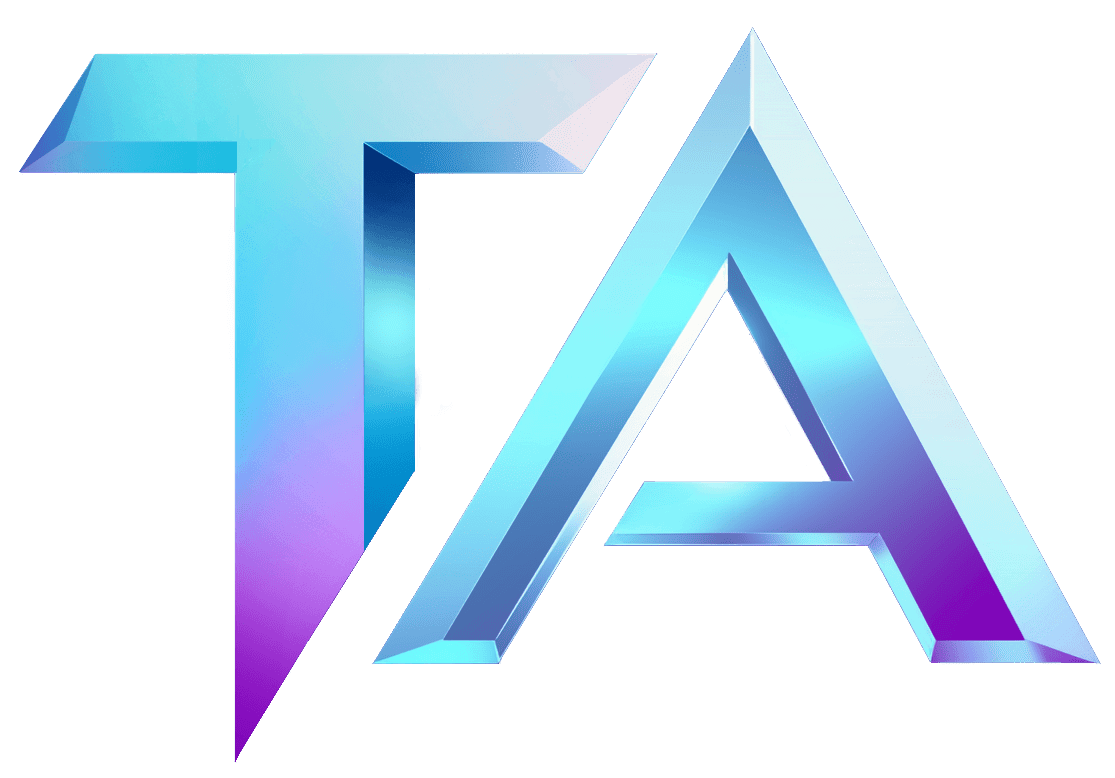Exploring Quantity Theory of Money in Star Atlas

Exploring Quantity Theory of Money in Star Atlas
The world of Star Atlas is not just about space exploration and battles; it also serves as an exciting playground for economic theories, including the Quantity Theory of Money (QTM). This concept can help players and investors understand the underlying economic dynamics within the Star Atlas universe. At Titan Analytics, we aim to break this theory down in a way that’s easy to grasp while providing the technical insight necessary for serious players.
What is Quantity Theory of Money?
At its core, the Quantity Theory of Money is a framework that explains the relationship between the quantity of money in an economy and its overall economic output. In simple terms, it suggests that if the money supply increases, assuming demand remains constant, prices will usually rise as well. The theory can be summarized by the equation:
MV = PQ
Where:
- M = Money supply
- V = Velocity of money (how fast money circulates in the economy)
- P = Price level
- Q = Quantity of goods and services produced
This equation illustrates how varying any of these factors can influence an economy’s health and stability.
Applying QTM to Star Atlas
In the vibrant economy of Star Atlas, the QTM can be particularly useful for understanding the in-game currency and asset movements. The game features a decentralized economy where players can earn, trade, and invest. Let’s break down how the components of the theory relate to Star Atlas.
-
Money Supply (M):
In Star Atlas, money supply can be understood in terms of the various currencies available in the game, such as ATLAS and polis. As more players join the game and transactions increase, the currency supply also grows, impacting the economy. -
Velocity of Money (V):
The velocity of money in Star Atlas is influenced by how frequently players are trading assets, completing quests, or engaging in battles. A higher velocity means that money changes hands more often, which can stimulate the in-game economy. -
Price Level (P):
Prices of in-game assets, like ships and land, are influenced by the balance between supply and demand. If the supply of certain assets increases significantly without a corresponding increase in player interest, prices may decline. - Quantity of Goods and Services (Q):
The production of goods—like shipbuilding and resource mining—is a vital part of Star Atlas. An increase in production can contribute to economic growth, but it must be matched by player demand to maintain stable prices.
The Implications of QTM
Understanding how these variables interact can help players make informed decisions. For instance, if you notice that the money supply is increasing rapidly due to an influx of players, but asset prices are stagnating, this could signal an imbalance that might lead to future price corrections.
Additionally, using analytics tools can help you monitor changes in these factors, giving you a clearer view of the economic landscape in Star Atlas. By leveraging data from Titan Analytics, you can keep track of how currency flows and asset prices evolve, enabling you to formulate your strategies effectively.
Conclusion
The Quantity Theory of Money provides a useful lens through which to view the economic dynamics of Star Atlas. By examining how money supply, velocity, price levels, and goods production interact, players can gain valuable insights into their strategies and investments.
For those looking to delve deeper into the intricacies of the Star Atlas economy, Titan Analytics offers a range of modules designed specifically to help you navigate this complex universe. Check out our data modules at Titan Analytics Star Atlas Data Modules or reach out to us for any questions at Contact Titan Analytics. Happy exploring!




